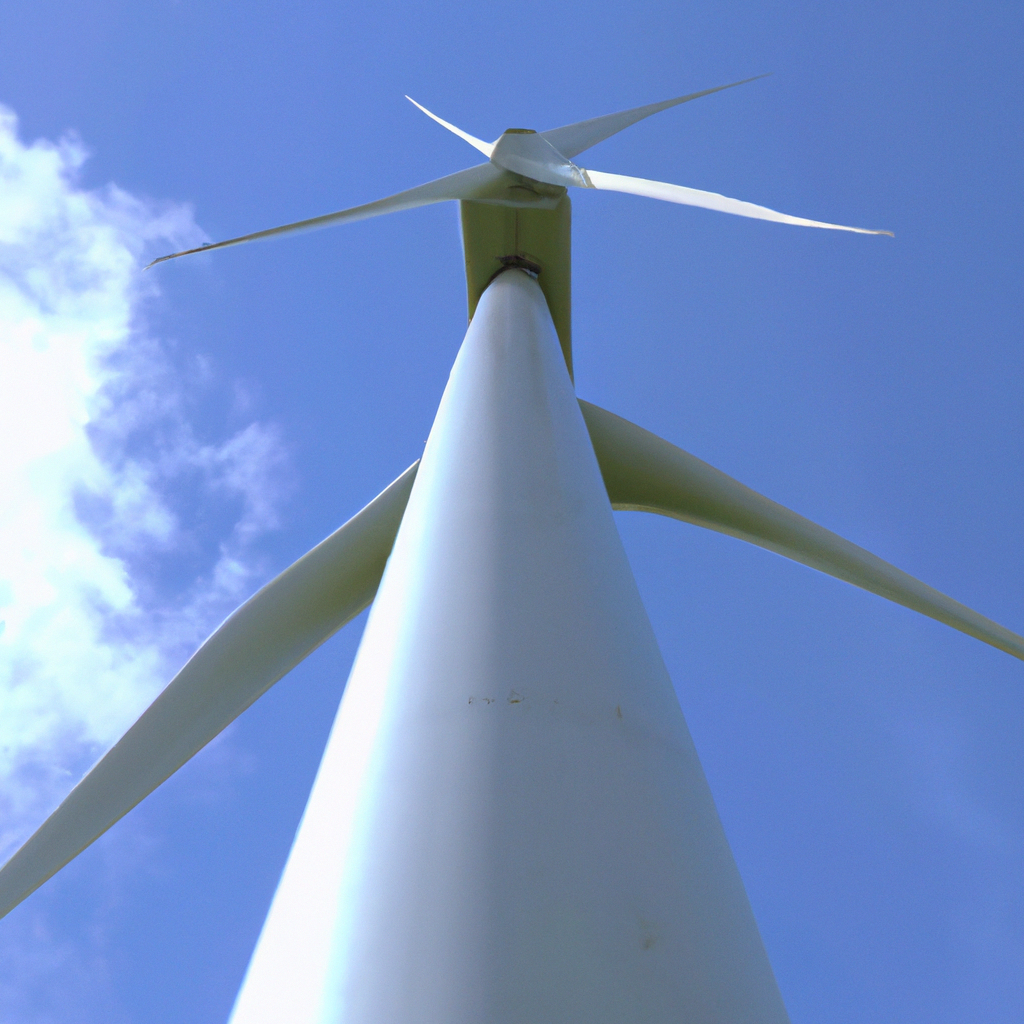Wind turbines have become a popular source of renewable energy across the world. Wind energy is clean energy, and it is an alternative to fossil fuels that are harmful to the environment. In this article, we will explore how wind turbines work and how they generate clean energy.
Wind Turbine Basics
A wind turbine is a device that converts the kinetic energy of the wind into mechanical energy. The mechanical energy is then converted into electrical energy that can be used to power homes, businesses, and other places. Wind turbines come in different sizes, from small turbines that power a single home to large turbines that power entire communities.
The Components of a Wind Turbine
A wind turbine has several components that work together to generate electricity. Some of the key components include:
1. Blades: The blades are the most visible part of the wind turbine. They are usually made of fiberglass or carbon fiber and are designed to capture the kinetic energy of the wind.
2. Rotor: The rotor is the part of the wind turbine that spins. It is connected to the blades and rotates when the wind blows.
3. Gearbox: The gearbox is responsible for increasing the rotational speed of the rotor. It converts the slow rotation of the rotor into a faster rotation that can generate electricity.
4. Generator: The generator is the part of the wind turbine that converts mechanical energy into electrical energy.
5. Tower: The tower is the structure that holds the wind turbine in place. It is usually made of steel or concrete and can be up to 100 meters tall.
The Working of a Wind Turbine
The working of a wind turbine can be broken down into several steps:
1. Wind hits the blades: When the wind blows, it hits the blades of the wind turbine. The blades are designed to capture the kinetic energy of the wind.
2. Blades rotate: As the wind hits the blades, they start to rotate. The rotation of the blades powers the rotor.
3. Rotor rotates: The rotor is connected to the blades and rotates when the blades rotate.
4. Gearbox increases rotational speed: The gearbox is responsible for increasing the rotational speed of the rotor. It converts the slow rotation of the rotor into a faster rotation that can generate electricity.
5. Generator converts mechanical energy into electrical energy: The generator is connected to the rotor and converts the mechanical energy of the rotor into electrical energy.
6. Electricity is sent to the grid: The electricity generated by the wind turbine is sent to the electrical grid. It can be used to power homes, businesses, and other places.
Advantages of Wind Energy
Wind energy has several advantages over fossil fuels:
1. Clean energy: Wind energy is a clean source of energy that does not produce any harmful emissions.
2. Renewable energy: Wind energy is a renewable source of energy that does not run out.
3. Cost-effective: Once a wind turbine is installed, it can generate electricity for many years at a low cost.
4. Low maintenance: Wind turbines require very little maintenance, making them a cost-effective source of energy.
Conclusion
Wind energy is a clean and renewable source of energy that is becoming increasingly popular across the world. Wind turbines are the key to generating wind energy, and they work by converting the kinetic energy of the wind into mechanical energy and then into electrical energy. Wind turbines have several components that work together to generate electricity, including blades, rotor, gearbox, generator, and tower. Wind energy has several advantages over fossil fuels, including being clean, renewable, cost-effective, and requiring low maintenance. As more people turn to renewable energy sources, wind energy will continue to play a vital role in powering the world.







